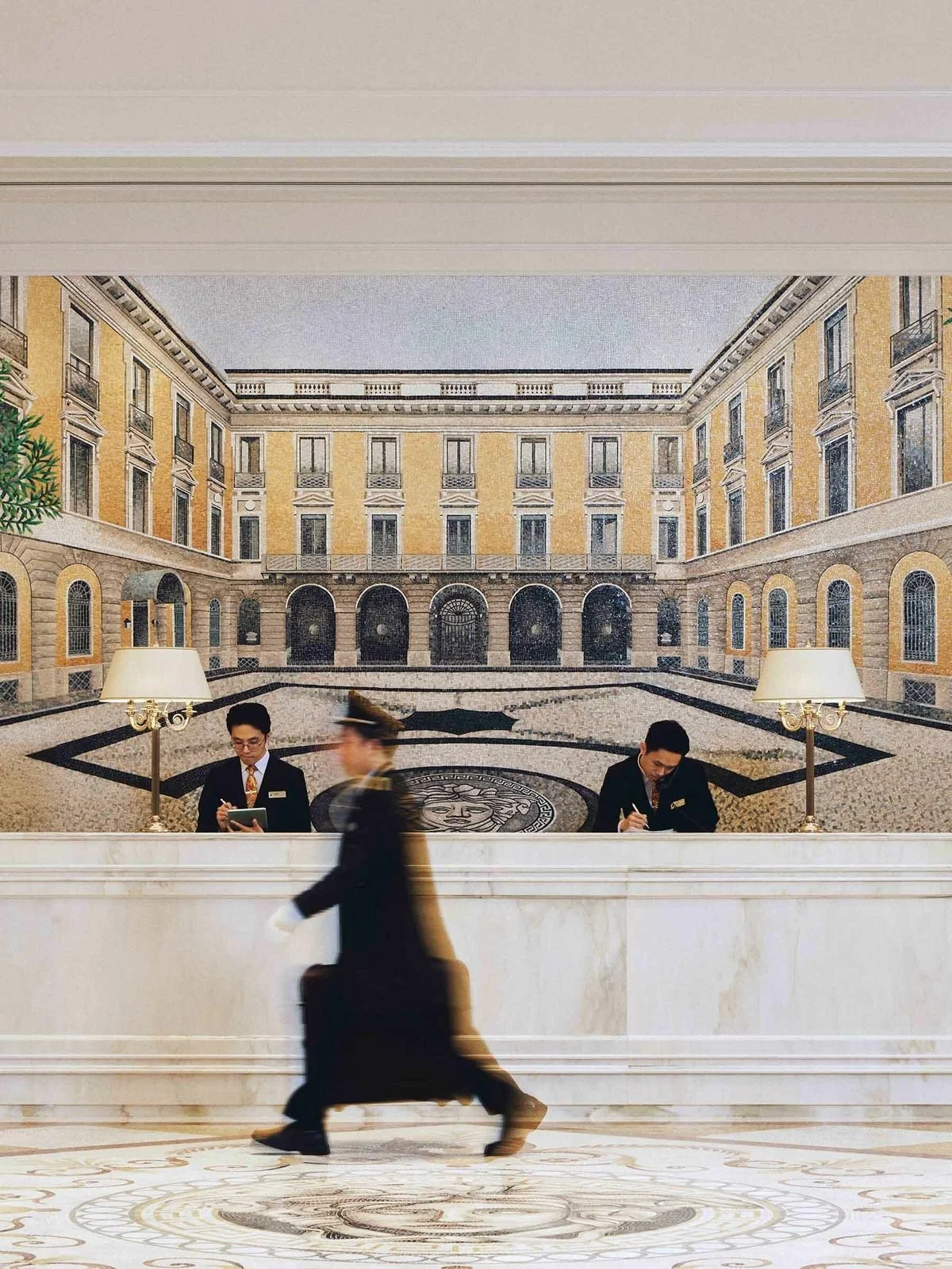Branded Residences
Why Luxury Brands Are Now Building Worlds to Live In
Luxury is no longer just a product – it has become a way of life. Nowhere is that more evident than in the rise of branded residences. According to Knight Frank’s Global Branded Residence Survey 2025, the market has tripled in just a decade: from 159 projects in 2011 to more than 600 today – and within five years, the number is expected to surpass 1,000.
A new frontier of exclusive living is emerging – one where fashion houses, car manufacturers, and hospitality brands all play side by side. What was once the privilege of a few has become the signature of entire brand universes.
Branded residences are far more than luxury properties – they are the physical extension of a brand’s identity. Those who live in an Armani, Porsche, or Bulgari residence are not simply buying square meters; they are buying belonging. This fusion of lifestyle, design, and status has made the sector one of the most dynamic in the global luxury ecosystem.
Geographically, the epicenter of this development is shifting. While the United States remains a leader, the Middle East is seeing rapid growth. Nearly a quarter of all new projects are being developed there, led by the United Arab Emirates and Saudi Arabia. The interest is no coincidence. In a region where luxury is seen as an expression of progress and vision, branded residences offer the perfect blend of exclusivity, cultural prestige, and investment potential.
Despite the growing influence of fashion and automotive brands, hospitality names still dominate the market. Brands such as Aman, Four Seasons, and One&Only embody what buyers value most: emotional reassurance, seamless service, and the discreet luxury of a perfectly orchestrated experience.
Yet fashion houses are quickly catching up – seizing the opportunity to translate their aesthetic worlds into new dimensions. When Gucci or Fendi enter the property market, it’s less about architecture and more about storytelling: creating a lifestyle that transcends fashion itself.
Across the globe, iconic developments are redefining what “home” means. In Paris, the historic Ministry of Defense is being transformed into the Maybourne Residences Saint-Germain. In London, Chelsea Barracks is setting new standards for British sophistication. In Bangkok, the Porsche Design Tower rises as an architectural statement at the intersection of engineering and elegance. Even furniture brands like Liaigre are joining in, opening their first residences in Florence.
This expansion shows that branded residences are more than a trend – they represent a deeper shift in the meaning of luxury. Ownership is becoming experience; architecture is becoming brand message; and home is becoming the ultimate status symbol for a new generation of global collectors.
For brands, this marks a unique opportunity. Those who succeed in translating their aesthetic and values into a livable space no longer sell products – they sell an entire world that people want to inhabit.
The age of living the brand has begun. And it is no longer fashion that defines lifestyle – it is lifestyle that extends fashion.



